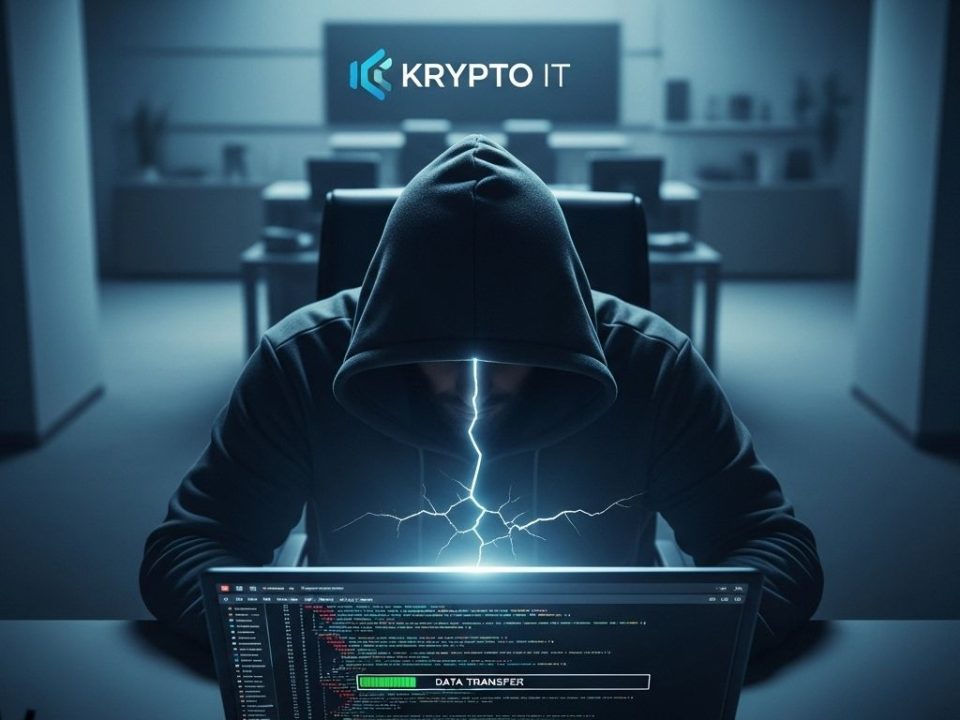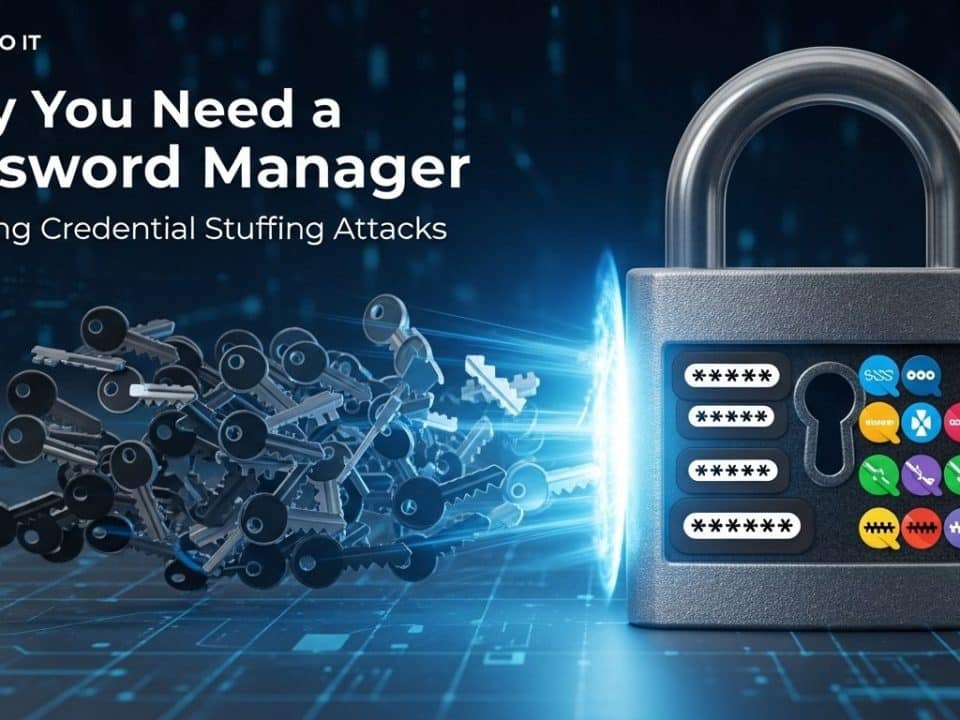
Are You a Victim of Your Own Success? How to Scale Your Network Securely
September 30, 2025
Cyber Insurance: The Critical Questions Every SMB Must Ask Now
October 2, 2025As a successful small to medium-sized business (SMB) in the Houston area, you know that growth and competition require relentless focus. When thinking about cybersecurity, most business owners immediately calculate the obvious cost of a data breach: forensics, regulatory fines, and maybe paying a ransom.
However, the true financial fallout from a cyberattack is rarely that simple. It’s like an iceberg—only a fraction of the damage is visible above the surface. At Krypto IT, we help SMBs understand that the hidden, secondary costs often do more long-term damage than the initial incident.
This isn’t about fear; it’s about preparedness. Understanding the full cost of a breach is the best way to justify a proactive security investment now, rather than facing devastating recovery costs later.
1. The Cost of Downtime and Lost Productivity
When a server is encrypted by ransomware or a critical system is shut down for investigation, your business stops. This is the first, and often largest, hidden cost.
- Lost Revenue: If your e-commerce site is down, sales stop. If your accounting system is inaccessible, you can’t invoice. Every hour your operations are stalled translates directly into lost income.
- Employee Productivity Drain: While systems are down, employees can’t work. This means you are paying salaries for hours of forced inactivity. This lost productivity—across every department—adds up quickly, often exceeding the cost of the ransom itself.
- Case Example: A small manufacturing firm loses access to its inventory and scheduling software. They lose an entire day of production, missing deadlines and incurring thousands in penalty fees from clients—a cost unrelated to the actual security fix.
2. Reputational Damage and Customer Churn
For many SMBs, especially those built on trust and personal relationships, a data breach is a severe blow to reputation. This cost is difficult to quantify but can be fatal over the long term.
- Loss of Trust: If customer data (emails, credit card information, purchase history) is compromised, clients may move to a competitor immediately, seeing your business as unreliable.
- Marketing and PR Costs: You will have to spend significant resources on public relations to manage the narrative, inform affected customers, and run marketing campaigns specifically designed to rebuild trust. This is money diverted from growth or innovation.
- Future Business Loss: Many large partners and vendors will vet your security practices before signing contracts. A history of breaches can disqualify you from major new business opportunities, hamstringing your ability to scale.
3. Legal Liabilities and Compliance Penalties
Compliance isn’t just for Fortune 500 companies. Many SMBs handle regulated data (such as financial or personal health information) and are subject to state and federal mandates.
- Regulatory Fines: Compliance frameworks like HIPAA (for healthcare-related data) or PCI-DSS (for credit card processing) impose severe financial penalties for security failures. These fines often start high and scale quickly based on the number of affected records.
- Customer Notification Costs: Depending on the regulations, you may be legally required to notify every affected customer via certified mail or other means. These mandatory notification costs, including setting up call centers or monitoring services, can quickly drain a budget.
- Litigation: Beyond regulatory action, customers may file class-action lawsuits seeking compensation for the compromise of their personal information.
4. The Opportunity Cost of Recovery
When a cyberattack hits, every resource is diverted to stopping the bleed. This creates a massive opportunity cost—the value of the beneficial opportunities you had to sacrifice.
- Stalled Projects: Critical initiatives—launching a new product, upgrading infrastructure, training staff—are immediately shelved to focus entirely on recovery. This slows down your competitive momentum.
- Team Burnout: Dealing with a catastrophic failure is stressful. Your key employees and leadership team will be exhausted by the recovery process, leading to reduced efficiency and potential turnover after the crisis passes.
- Insurance Premium Hikes: Following a major claim, your cyber insurance premiums will almost certainly increase, making your ongoing operational costs higher for years to come.
The Proactive Investment vs. The Hidden Cost
The average cost of recovering from a cyberattack for an SMB is often many times greater than the annual investment in a comprehensive Managed IT and security package.
Don’t wait to calculate the full, hidden cost of a breach when it’s already too late. Krypto IT offers proactive, Houston-based expertise to identify risks and implement protective measures—like continuous monitoring, robust backup, and employee training—that shield your business from the surface costs and the devastating hidden impact.
Ready to protect your success and mitigate the unseen risks? Contact Krypto IT today for a proactive security assessment.




